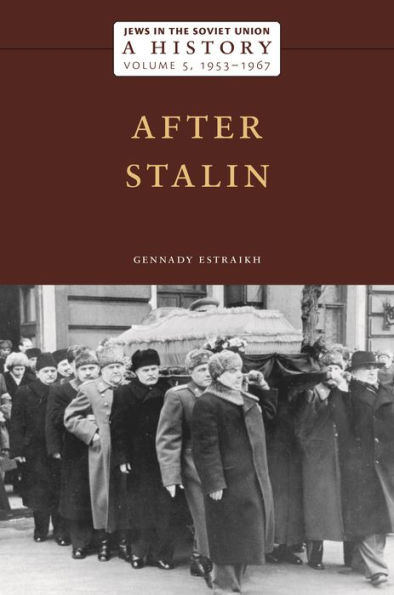5
1

Jews in the Soviet Union: A History: After Stalin, 1953-1967, Volume 5

Jews in the Soviet Union: A History: After Stalin, 1953-1967, Volume 5
Related collections and offers
0.0
In Stock

Product Details
| ISBN-13: | 9781479819485 |
|---|---|
| Publisher: | New York University Press |
| Publication date: | 12/20/2022 |
| Sold by: | Barnes & Noble |
| Format: | eBook |
| Sales rank: | 355,267 |
| File size: | 9 MB |
About the Author
From the B&N Reads Blog
